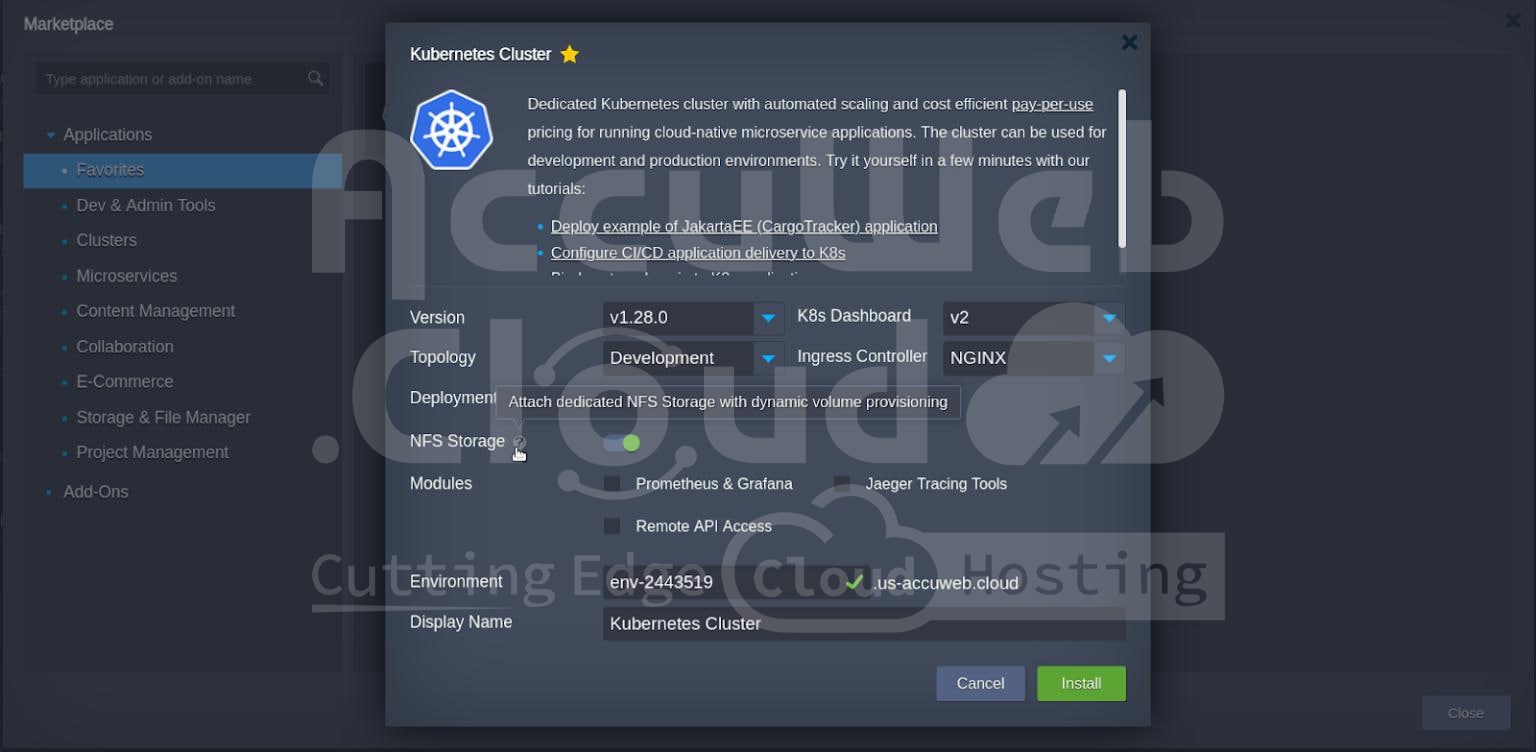Kubernetes Cluster: Volume Provisioner
Of course! Persistent Volumes (PV) and Persistent Volume Claims (PVC) in Kubernetes are used to handle storage that must last longer than a pod’s lifetime. Similar to a storage area that is configured by an administrator, a persistent volume (PV) offers storage capacity that is not dependent on any one pod. It can be set with parameters such as size and access modes (e.g., read-write or read-only), and it has its lifespan.
When a pod requires persistent storage, it doesn’t care where the storage originates from; instead, it makes a Persistent Volume Claim (PVC) to request the required storage size and access requirements. Pods can easily obtain the necessary storage by using the PVC, which functions as a request that conceals the storage specifics.
An NFS (Network File System) volume provisioner can be configured with Kubernetes to automate the provisioning of these persistent volumes. Every time a Persistent Volume Claim (PVC) is submitted, this provisioner automatically creates Persistent Volumes (PVs).
The NFS volume provisioner makes sure that the associated Persistent Volume (PV) is generated and made available by the PVC’s parameters when a pod or user requests storage by constructing a PVC.
The NFS volume provisioner eliminates the need for manual configuration of individual Persistent Volumes (PVs) by automatically handling the creation and configuration of PVs based on the requirements specified in the PVCs. This makes storage management easy for administrators and developers.
To activate NFS Storage, while installing Kubernetes simply activate the toggle button next to NFS Storage, as shown in the screen grab below.






